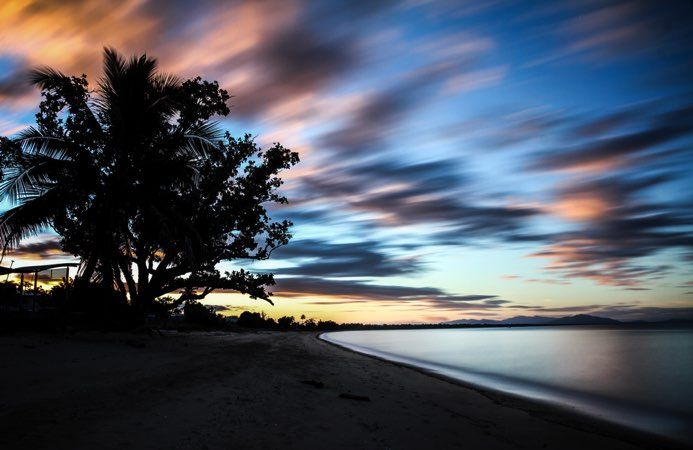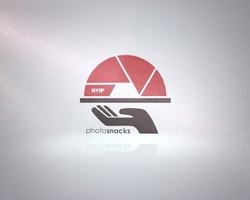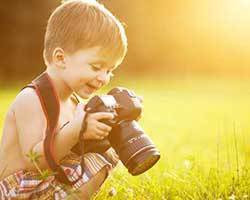If you’re a landscape photography enthusiast, mastering the art of a well-executed long exposure shot is definitely something we recommend adding to your skillset. There’s something very characteristically serene and ethereal about a smooth, well-composed long exposure image that truly helps the shot stand out amongst an extremely saturated photographic niche.
But how are these compelling shots best composed? Below, we offer a list of simple adjustments you can make next time you’re experimenting with you own.
What is Long Exposure Photography?Long-exposure, sometimes also referred to as time-exposure or slow-shutter photography, simply involves using a shutter speed with a longer than usual. The technique is most useful to employ when the artist is attempting to capture a scene in which the stationary elements are clear and sharp, while the moving elements surrounding are gently blurred. Here’s how you can try your own:
- Use Manual Mode
You’ll want to work in manual mode here for the simple fact that you’ll need control of your exposure. If you’re planning to shoot with an exposure of 30 seconds or longer, we additionally recommend switching over to bulb mode.
- Use a Tripod
This is arguably crucial. When you’re shooting long exposure, literally any even super-minor movement will be captured and magnified in the final shot. This type of image has zero tolerance for any unsteady hands, unexpected wind, or shaky arms.
If you own one, we also recommend using a cable shutter release too- otherwise you might jolt the camera a bit when you click. The more motion you can eliminate, the better your outcome.
- Shoot RAW
One of the most common issues faced by expert long exposure photographers is the unavoidable addition of extra noise in the shot. In order to minimize or avoid this, capturing RAW shots will be your safest bet, allowing you to do some post-processing fixes later on.







